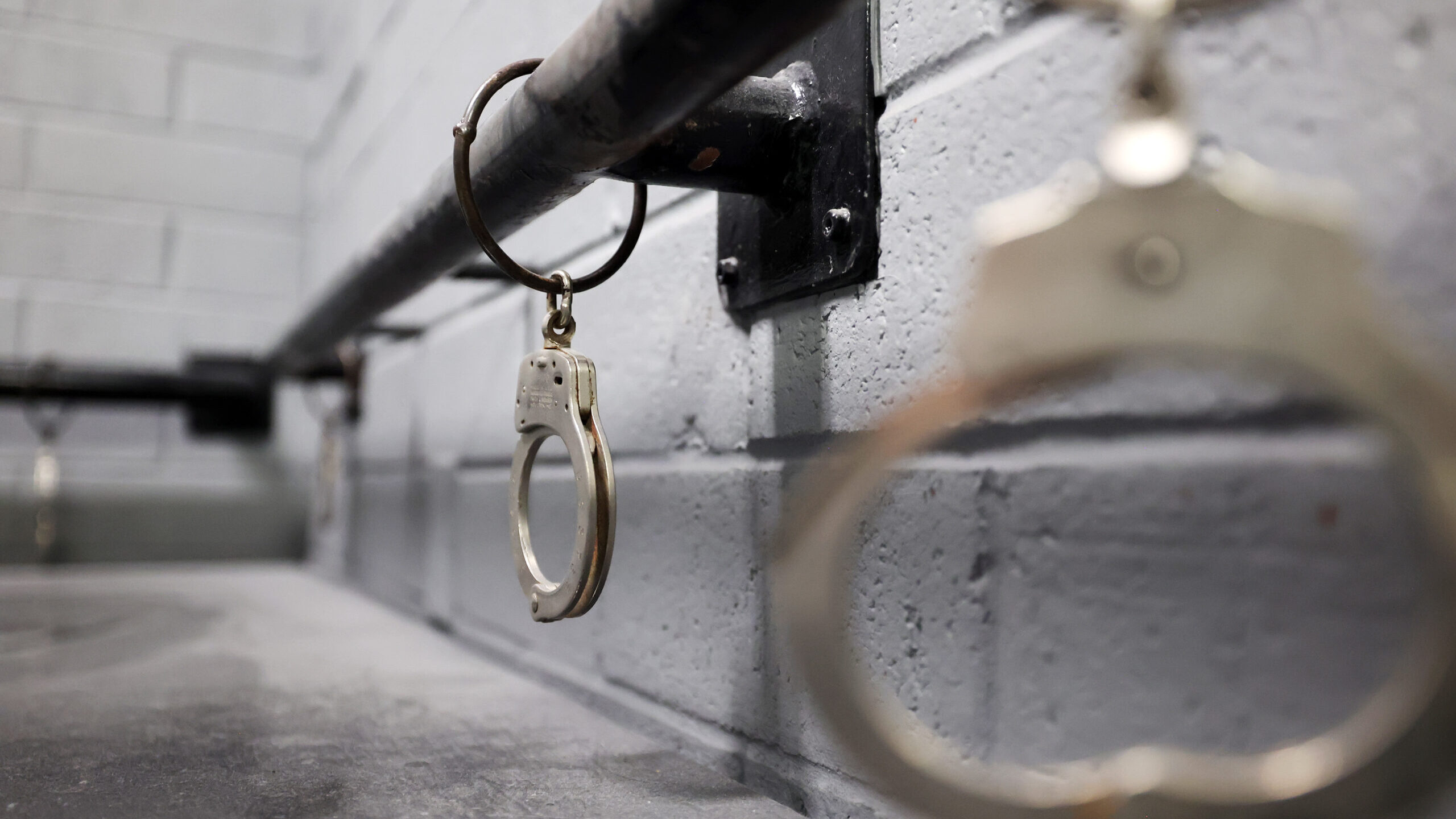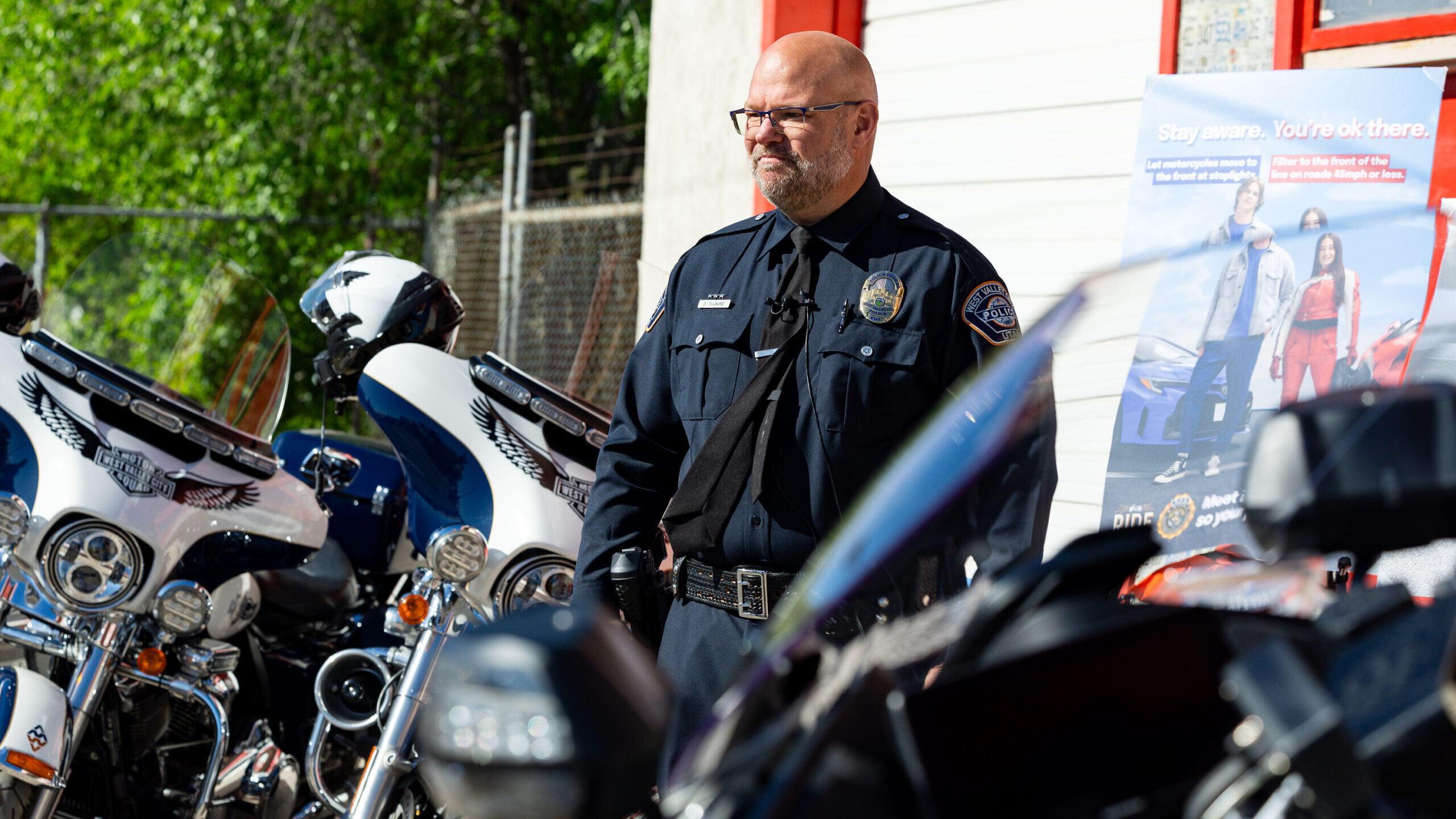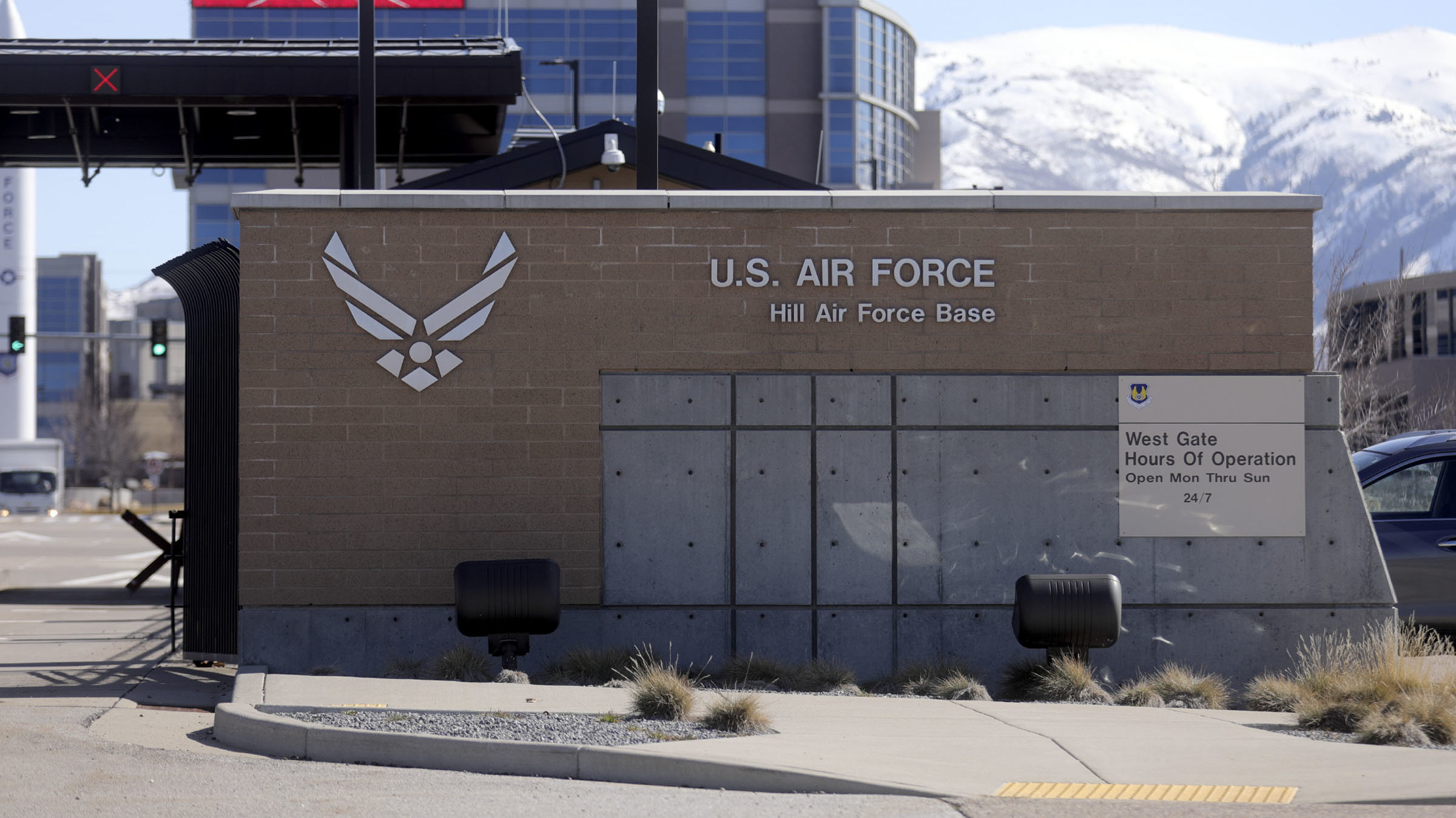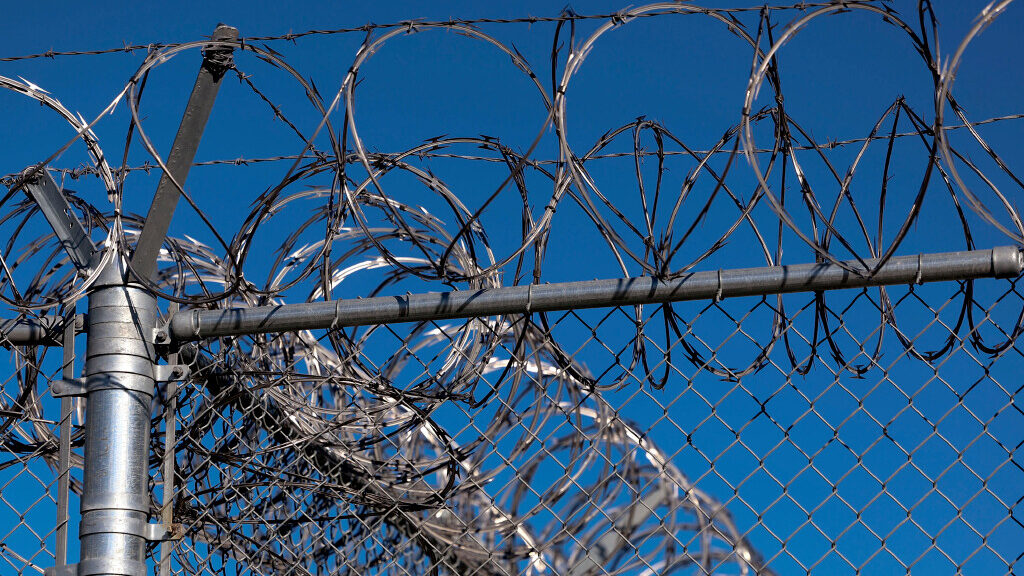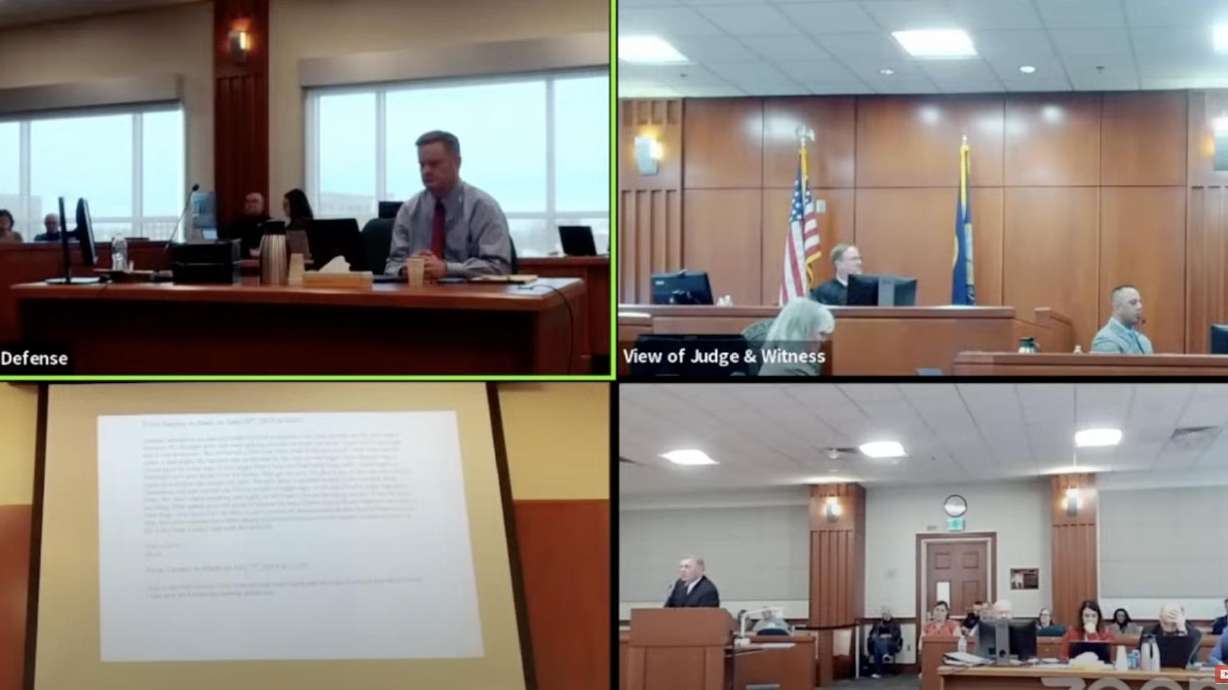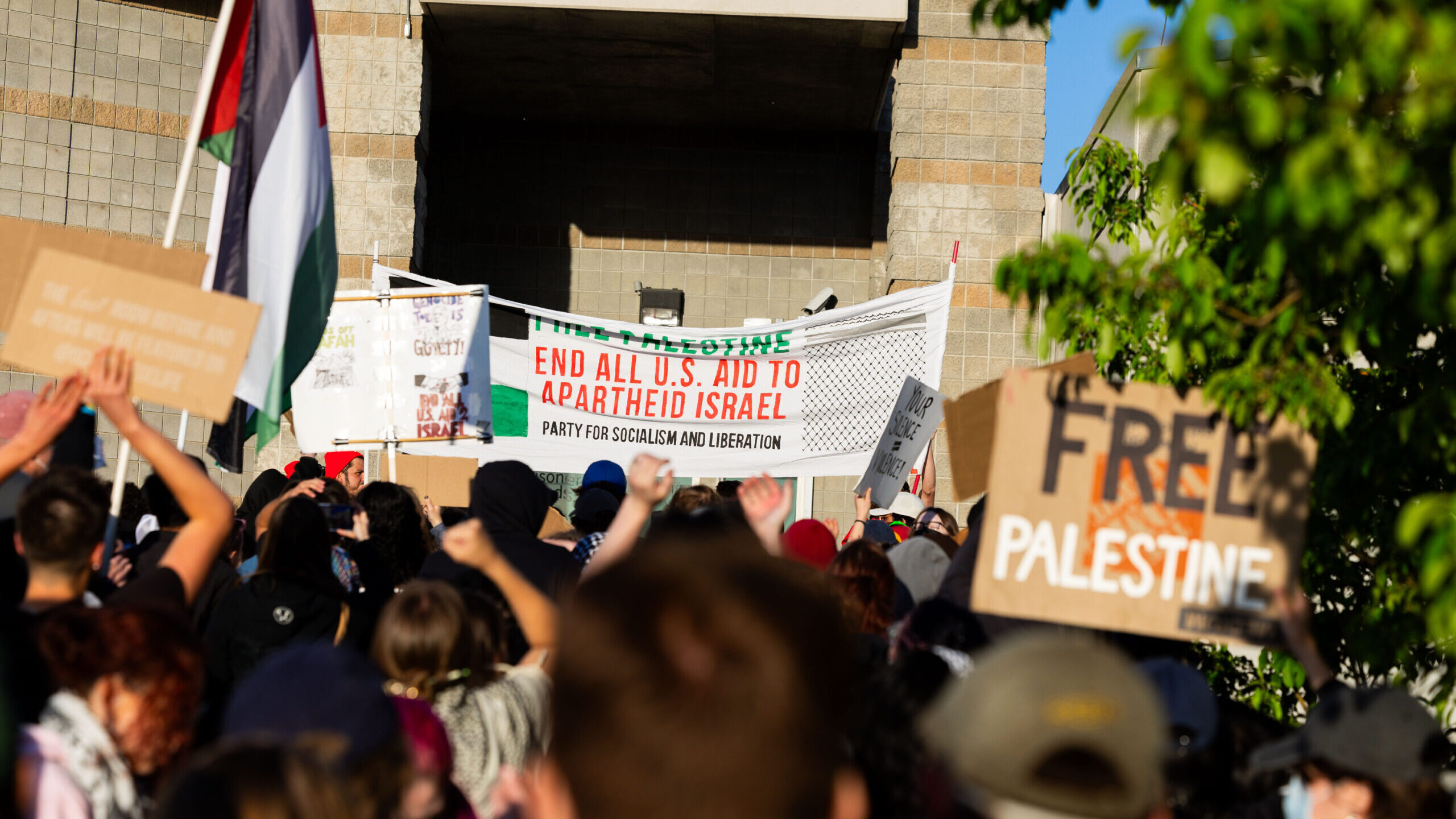Hot temperatures are causing roads to buckle, but not in Southern Utah
Jul 19, 2023, 5:00 PM | Updated: Jul 20, 2023, 1:29 pm
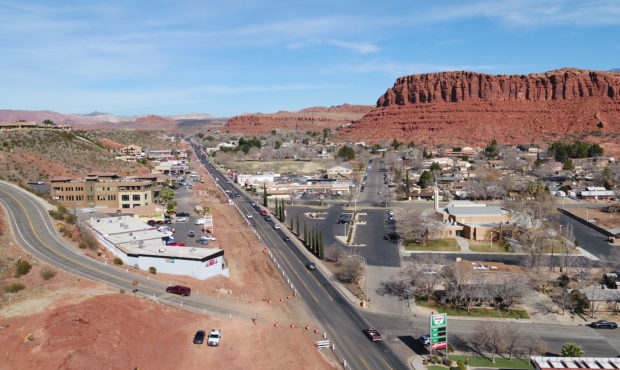
FILE- Bluff Street in St. George. (Utah Department of Transportation)
(Utah Department of Transportation)
SALT LAKE CITY — Several major roads in northern Utah have buckled this summer but that hasn’t been a problem in southern Utah where temperatures are hotter.
Utah Department of Transportation Public Relations Director John Gleason said buckling is an event exclusive to concrete.
“Concrete needs room to breathe.”
Gleason said heat, dirt and moisture are the biggest factors when it comes to road buckling. Gleason said the surfaces expand with the heat and contract in the cold.
“If the expansion joints get clogged with dirt, grit and stones, the concrete panels can’t “breathe” and they can move up on each other. You’ll see what looks like a ramp just before the surface starts to crumble,” stated Gleason.
However, in southern Utah, where temperatures are much hotter, they use asphalt for their roads.
Gleason said because there’s less traffic in the area, asphalt holds up better down there.
“Concrete is more durable, which we need for the amount of traffic flow we have up north,” Gleason added.
Older concrete is also much more susceptible to buckling than newer surfaces. A case in point is a section of US-89 that buckled in early July in Layton.
“We completed a major reconstructing project for a section of US-89 just days before the road buckled. But it was a portion of the old concrete on US-89, not the newer part,” said Gleason.
There’s also a sense that added moisture to roads contributes to roads buckling in the heat. We had a very stormy winter.
“Unfortunately, there’s no way to predict where buckling will occur,” Gleason said. “But, in the grand scheme of things, buckling isn’t that huge of an issue compared to other road problems they have.”


